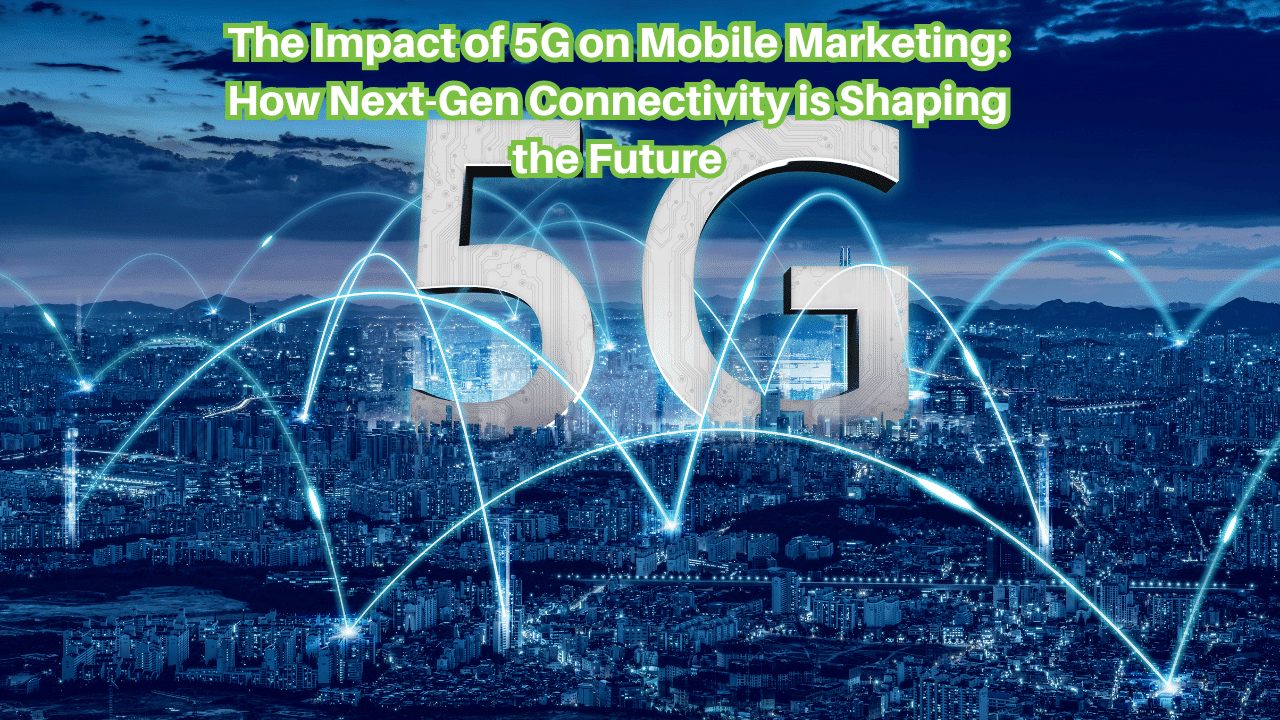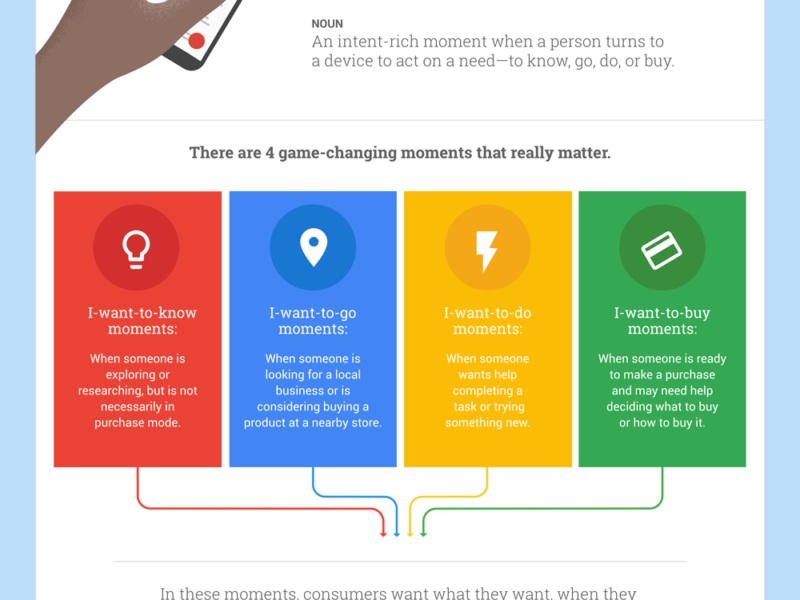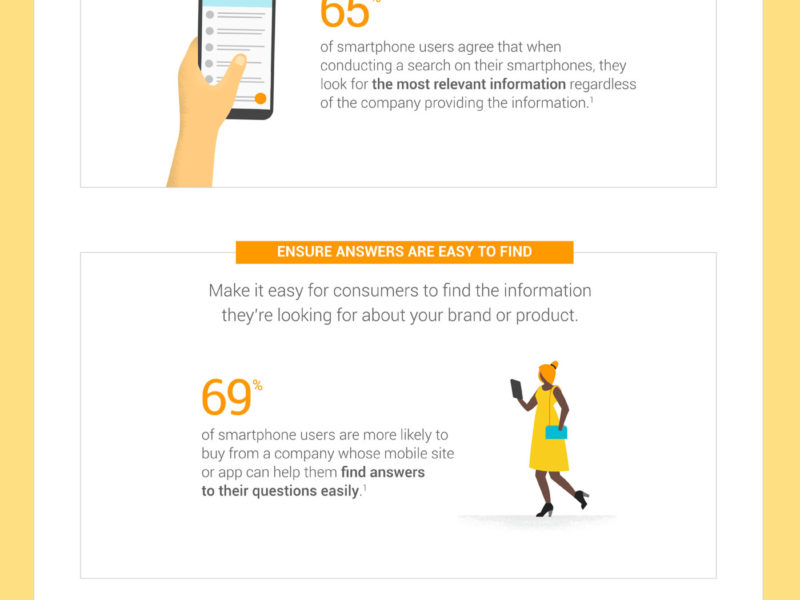As 5G technology moves from buzzword to reality, its influence on mobile marketing is impossible to ignore. But what does 5G really mean for marketers—and how can businesses harness its full potential? In this article, we’ll break down the impact of 5G on mobile marketing, offer practical examples, and share actionable tips to keep your brand ahead of the curve.
5G Explained: What Marketers Need to Know
In simple terms, 5G is the fifth generation of mobile network technology. It’s not just about faster download speeds—although those are impressive. 5G promises ultra-low latency (near-instant data transfer), higher bandwidth, and the ability to connect more devices at once. For marketers, these improvements unlock opportunities that weren’t possible before.
Key benefits of 5G for mobile marketing:
- Faster content delivery: Videos, ads, and rich media load instantly.
- Seamless interactivity: No lag in live streaming or interactive experiences.
- Enhanced personalization: Real-time data processing for hyper-targeted campaigns.
Imagine a user streaming a product demo in 4K while instantly adding items to their cart—all without buffering. That’s the difference 5G can make in creating frictionless customer journeys.
How 5G is Transforming Mobile Marketing Strategies
The rollout of 5G means that old strategies may no longer be enough. To stay competitive, marketers must rethink how they engage mobile audiences.
1. Richer, More Immersive Experiences
5G enables augmented reality (AR) and virtual reality (VR) to become mainstream in mobile ads. Think virtual try-ons for fashion or interactive 3D product demos—experiences that previously lagged or failed to load on slower networks.
- Tip: Start experimenting with AR filters or in-app VR previews using platforms like Snapchat or Shopify AR.
2. Real-Time Engagement
With low latency, brands can deliver live polls, Q&A sessions, and real-time offers during events. This fosters a sense of immediacy and connection with customers.
- Tip: Use tools like Instagram Live or TikTok to host interactive sessions that encourage instant participation.
3. Smarter Personalization
The increased speed and capacity allow for more complex data analysis on the fly. Marketers can personalize content based on a user’s location, behavior, and preferences in real time.
- Tip: Implement AI-driven personalization engines, such as Dynamic Yield, to serve tailored recommendations as users browse.
A common mistake is sticking to static content when dynamic, responsive campaigns can now deliver much higher engagement. In practice, companies that experiment with real-time personalization see significant boosts in conversion rates.
Practical Ways to Prepare Your Mobile Marketing for 5G
Getting ready for 5G doesn’t require a complete overhaul, but it does mean rethinking your approach. Here are steps you can take right now:
- Audit your mobile content: Are your videos, graphics, and interactive features optimized for instant loading?
- Explore AR/VR solutions: Test out accessible AR tools and see how they fit your brand.
- Invest in analytics: The ability to process and act on user data in real time will separate leaders from laggards.
- Stay updated: Follow developments from providers and tools like Google’s 5G updates to adapt as new capabilities roll out.
Frequently Asked Questions
How does 5G affect mobile advertising costs or ROI?
While ad production might become more sophisticated (e.g., AR or 3D), 5G’s speed can improve engagement and conversion rates—often delivering a better return on investment as users interact more readily with richer content.Is it worth investing in 5G-ready marketing now, or should I wait?
It’s smart to start preparing. As more consumers upgrade to 5G devices, being ready puts your brand ahead. Begin with small tests—like enhanced video ads or simple AR experiences—to learn what resonates with your audience.
Conclusion:
The 5G revolution is here, and its impact on mobile marketing is profound. By embracing richer experiences, personalized engagement, and advanced analytics, brands can turn this leap in technology into a lasting competitive advantage.






